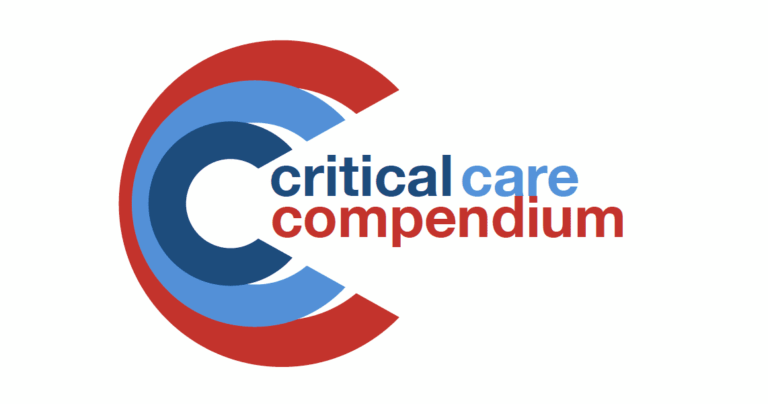
Delivery of Beta-2-Agonists in Intubated Patients
Delivery of Beta-2-Agonists in Intubated Patients. Need to consider: dose; side effect profile; effectiveness; cost

Delivery of Beta-2-Agonists in Intubated Patients. Need to consider: dose; side effect profile; effectiveness; cost

Dexmedetomidine: alpha 2 agonist; sedoanalgesia;

Dipyridamole: anti-platelet + vasodilator. Potentiates the effect of prostacyclin or by inhibiting phosphodiesterase enzyme activity -> increase intracellular cAMP; inhibits cellular uptake of adenosine -> more available to act on coronary vessels -> vasodilation

OVERVIEW RISK FACTORS CAUSES Anaesthetic Surgical INVESTIGATIONS MANAGEMENT Resuscitate Electrolytes and Acid-base Specific Therapy Underlying Cause References and Links

Posterior reversible encephalopathy syndrome (PRES) is a syndrome of 'cephalgia, convulsions, confusion, and vision loss' (CCCV) typically in the context of severe hypertension

Pharmacology of dobutamine, a synthetic catecholamine used as an inotrope as it is a direct-acting moderately selective β1 adrenergic agonist

Dopamine: naturally occurring catecholamine; dopamine and adrenoreceptor agonist; immediate precursor to noradrenaline

Epidural Complications: Catheter related; or drug related

Flumazenil: benzodiazepine antagonist; competitive antagonist that act on the benzodiazepine receptor

Frusemide: loop diuretic, known as furosemide in North America

GI Drug Absorption in Critical Illness; multi-factorial determinants influence the bioavailability of drugs; governed by factors altering transport of substances across cell membranes (diffusion, active transport, ultrafiltration)

Gentamicin; aminoglycoside; irreversible binding to bacterial ribosomal proteins -> inhibits protein synthesis; Antimicrobial cover: gram negative rods (including Pseudomonas)